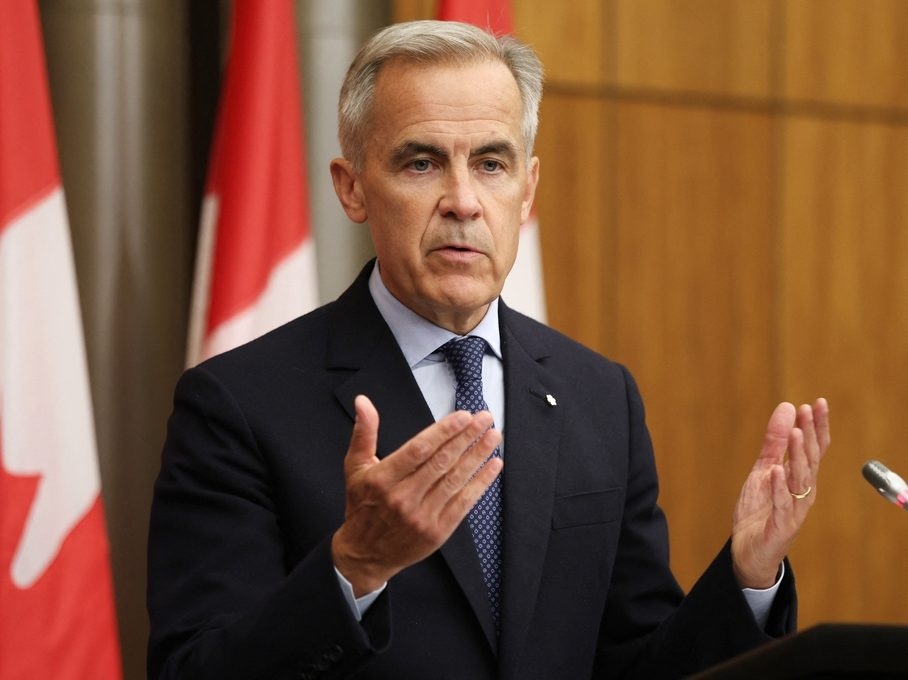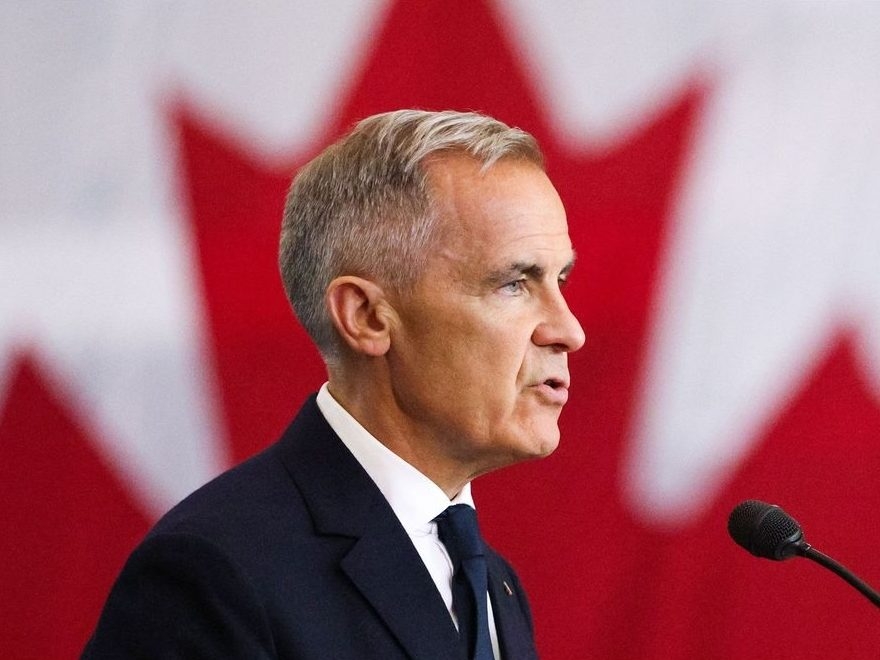The current government recently navigated a tense vote in Parliament, securing passage of its inaugural budget. The figures reveal a projected deficit of $78.3 billion for the current fiscal year – a number that demands closer scrutiny to truly understand its weight.
This deficit nearly doubles the $42.2 billion previously forecast under the prior administration. It significantly surpasses the deficits experienced during that government’s tenure, which ranged from $35 billion to $62 billion annually. Even considering the substantial spending of that era, this new figure stands apart.
To find a comparable deficit outside of pandemic-era spending, one must look back to 2009/10. Then, responding to the global recession, the previous government recorded a $56.4 billion shortfall. Remarkably, the current deficit, adjusted for inflation, mirrors that recession-era level – despite the absence of a similar economic crisis today.

The contrast in recovery strategies is stark. Following the 2009/10 deficit, swift action halved the shortfall within two years, paving the way towards fiscal balance. The current budget projects a far more gradual reduction, with a 19% decrease over two years and 28% over four, leaving a deficit of around 1.5% of GDP by 2029/30.
Looking further back, the early to mid-1990s saw even larger deficits as a percentage of GDP. Those persistent shortfalls brought Canada to the brink of a fiscal crisis. While the situation isn’t currently that dire, the current path raises concerns about a potential return to similar instability.
The budget’s unusual nature lies in its long-term projections. These deficits aren’t presented as temporary measures to address economic hardship, but rather as an anticipated component of ongoing fiscal policy. This suggests a fundamental shift in approach.
The government highlights a plan to balance the “operating budget” as evidence of fiscal responsibility. However, this is achieved by separating spending into “operating” and “capital investment” categories. Even with a balanced operating budget projected for 2028/29, a substantial $57.9 billion deficit remains when capital investment is included.
This continued borrowing will translate into significant debt interest payments, projected to reach $76.1 billion by 2029/30. This figure actually exceeds the government’s planned health-care transfers to the provinces in that same year, highlighting a critical allocation of resources.
The scale of this year’s deficit is historically significant, and projections indicate it will remain substantial for years to come. The implications of this fiscal trajectory warrant careful consideration and ongoing scrutiny.





